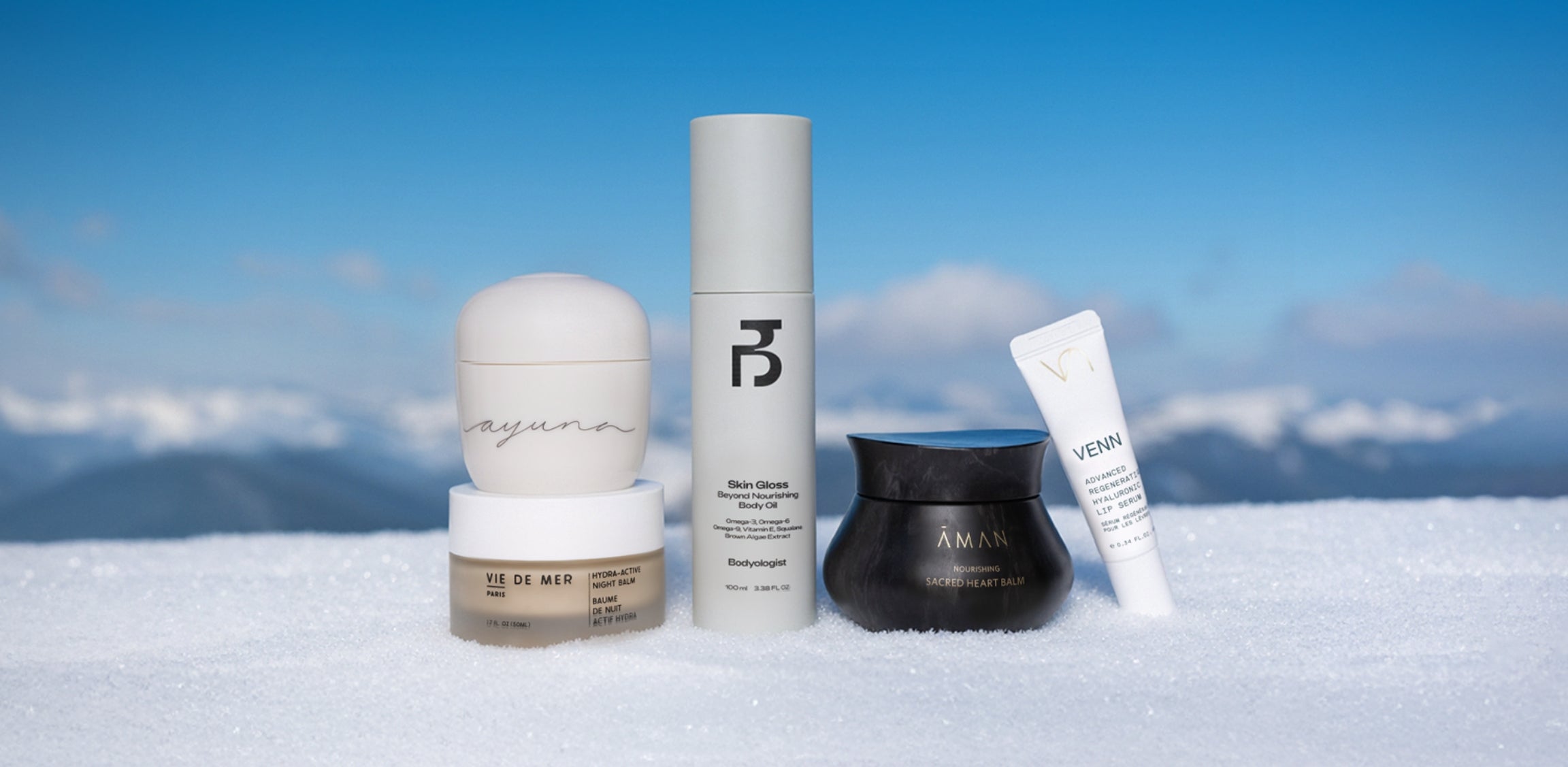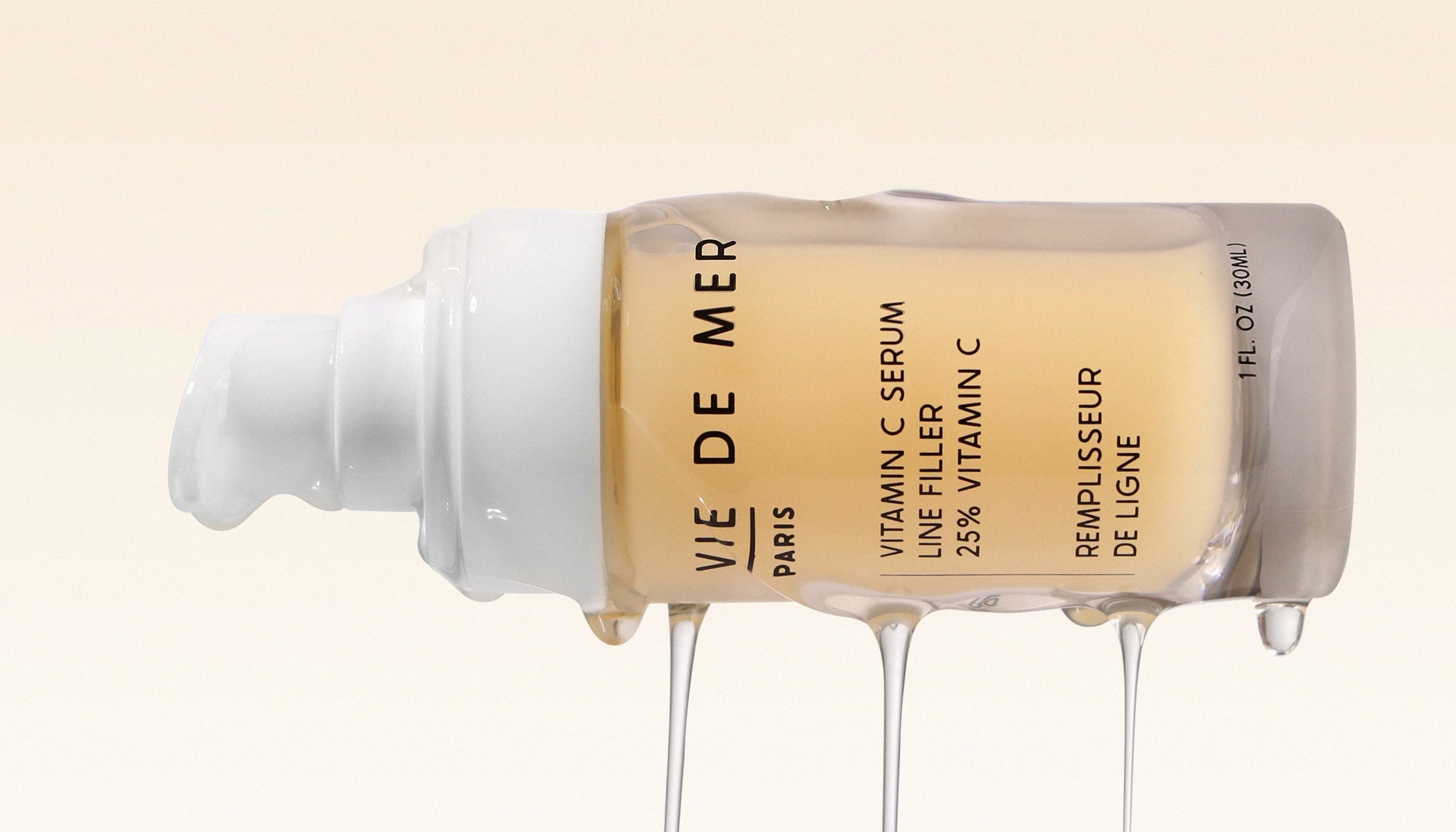Now that we have enjoyed the fun and excitement of the Holiday Season and are waiting on Spring to arise, dealing with the remnants of Winter can sometimes just be a little gloomy. The new year equals new year’s resolutions.
SALICYCLIC ACID - THE ALPHA OF BETAS
WHICH ONE IS FOR YOU?
Now that we have enjoyed the fun and excitement of the Holiday Season and are waiting on Spring to arise, dealing with the remnants of Winter can sometimes just be a little gloomy. The new year equals new year’s resolutions, one of those traditional things you tend to forget about mid-March, and now that the festivities are over, it’s the time of year that you feel the ‘out with the old, in with the new’ itch, time to clear out the wardrobe which you said you’d do back in February, March… October.
It’s the time of year we try to adopt better routines, eat more fruit, and drink less wine (or vice versa), and the time of year we are recovering from a few too many indulgent nights watching Home Alone 1 and 2 with friends/family (or alone, no shame!) and eating that last chocolate truffle you already told yourself not to.
In the act of clearing things out, we all at some point need to do the same with our skin, so why not let your skin glow above the grey days. Let’s help to fight congestion together
Let's Do A Deep Dive
Let me introduce you, if you haven’t been introduced already, to the Alpha of Beta-Hydroxy-Acids: Salicylic Acid. Known to most as one powerhouse ingredient for helping to reduce pimple-redness and excess oils. Known as a class of drugs called salicylates it is available as both a prescription topical treatment as well as an over-the-counter method to treating a multitude of concerns from Acne to overall skin health.
To delve deeper into how it works, Salicylic Acid is known as a Beta-Hydroxy Acid which means the acid is split by 2 carbon molecules making it much more penetrable through oil – meaning it works its way through the pores itself and clears out any blackheads, debris or bacteria that might be building.
Studies also show that the use of Salicylic Acid helps to regulate and inhibit the natural reaction inflammation and sebum production within the sebocytes (oil glands). Subsequently, helping to reduce the production of pathogens that surround the blemish. Bad news for that angry lump on my chin. As well, by breaking down these catalysts for acne and congestion, it also helps to bring oxygen into the skin, which in turn weakens the acne inducing pathogens that already exist around the lesion.
By slightly exfoliating the skin it breaks down the bonds between dead cells that build-up and clog pores, allowing for fresh new oxygen to enter the skin, like opening a window after a hot shower. Oxygen rich skin creates a much healthier environment for the skin and a negative environment for pathogens. – Optimum health levels of the skin can help with a multitude of different skin concerns influencing reduction of inflammation to remove them naturally, which also speeds up the enzymatic and healing processes of the skin.
Different Types of Acne
One thing to note however is that Salicylic acid is potent, and when used in too high a quantity, especially unnecessarily, it can dry the skin or further produce blemishes as you’re offsetting the balance. You could also face severe dryness and irritation; the strength of the Acid should depend on how well your skin can tolerate it or if it’s necessary. It means that at the first sign of an acne lesion, we should never just smother it in clinical grade Salicylic Acid.
It also has a lot to do with what kind of acne we are dealing with. Certain lesions such as nodules or cysts may need a stronger or prescribed formulation of Salicylic Acid as it might not penetrate deep into the infection to clear the clogged pore, especially if there is no opening when it is severely inflamed. Instead, it sloughs off the dead skin cells and dries out existing oils to shrink the cyst, therefore taking longer to see results, but wouldn’t kill the infection, as opposed to an ingredient like Benzoyl Peroxide.
Salicylic Acid compounds also come in many different natural derivatives with similar effects such as Willow Bark Extract and Methyl Salicylate from Wintergreen Essential Oil or even gentler formulations such as Sodium Salicylate. I always recommend to research and ask questions to find the best one for you.
WILLOW BARK
EXTRACT
WINTER GREEN
ESSENTIAL OIL
Overprocessing The Skin
One thing to note however is that Salicylic acid is potent, and when used in too high a quantity, especially unnecessarily, it can dry the skin or further produce blemishes as you’re offsetting the balance. You could also face severe dryness and irritation; the strength of the Acid should depend on how well your skin can tolerate it or if it’s necessary. It means that at the first sign of an acne lesion, we should never just smother it in clinical grade Salicylic Acid.
It also has a lot to do with what kind of acne we are dealing with. Certain lesions such as nodules or cysts may need a stronger or prescribed formulation of Salicylic Acid as it might not penetrate deep into the infection to clear the clogged pore, especially if there is no opening when it is severely inflamed. Instead, it sloughs off the dead skin cells and dries out existing oils to shrink the cyst, therefore taking longer to see results, but wouldn’t kill the infection, as opposed to an ingredient like Benzoyl Peroxide.
Definitive Enzyme Cleanser
AUTEUR
Sensitive Tendency Skins
For those with a sensitive tendency skin who also suffer from excess sebum secretion, there are alternatives, as mentioned previously Salicylic Acid has a few similar alternatives which have the same effect on the skin but might be better suited for those skins who dislike active ingredients.
Succinic Acid being one of them. Derived and extracted from the fermentation process of amber or sugar cane, this naturally derived BHA hit the beauty industry quite recently. With similar anti-microbial and anti-inflammatory properties, it acts like Salicylic Acid, without drying the skin and without irritation.
Ayuna’s The Facial Low is a mattifying and protecting toner that will leave skin clean, clear, and working to its best ability. Carried alongside prebiotic combinations that protect skin microbiota as dysbiosis becomes symbiosis (harmony of the skin).
Émulsion Originelle Régenérante
BIOLOGIQUE RECHERCHE
The Facial Low
AYUNA
A Versatile Ingredient
Salicylic Acid is a lot more versatile than we think, it is not always for seborrheic or acne prone skin, the many benefits it includes can also be prescribed to help soften flakes in Psoriasis. For those who aren’t particularly oily and maybe slightly devitalised,
Biologique Recherche’s Serum 3R is a wonderful option. Using Salt of Salicylic (Sodium Salicylate) it allows the formulation to be much gentler on the skin to prevent drying, especially if you don’t have sebum to regulate.
The Targeted Serum is combined with reconditioning agents like Pichia Anomala Extract (a type of fungus that contributes to the microbial flora of the skin) and Opuntia Ficus-Indica Extract (Prickly Pear Extract) to soothe and hydrate the skin, the skin’s hydrolipidic film are restructured while also gently exfoliating and leaving a clear, brighter, and smoother complexion.
Sérum 3R
BIOLOGIQUE RECHERCHE
The Facial Low
AYUNA
Work With The Skin
Whether you’re an avid user of this ingredient already or you’re a bit late to the party, there is always an option out there which will suit your skin. Ingredients don’t have to be scary because they are strong, they can be very beneficial when used in the most suitable way to you.
What is good for one skin, may not be good for your skin. The key to every routine favourite, is working WITH the skin, not against it – its why we always have your skin in mind.
By Andrew Yates
10TH MAR 2023






